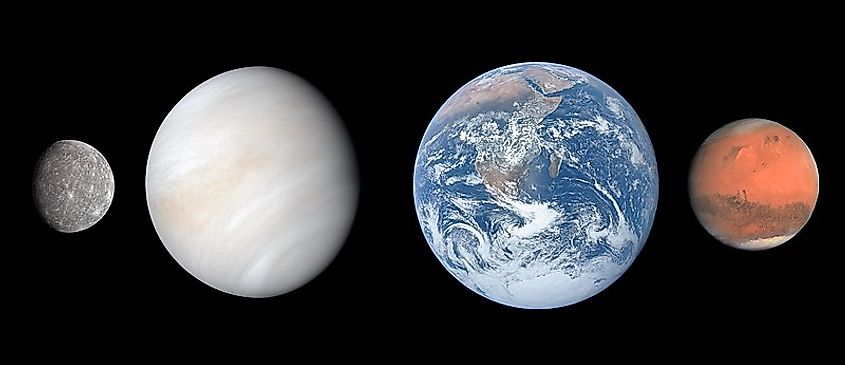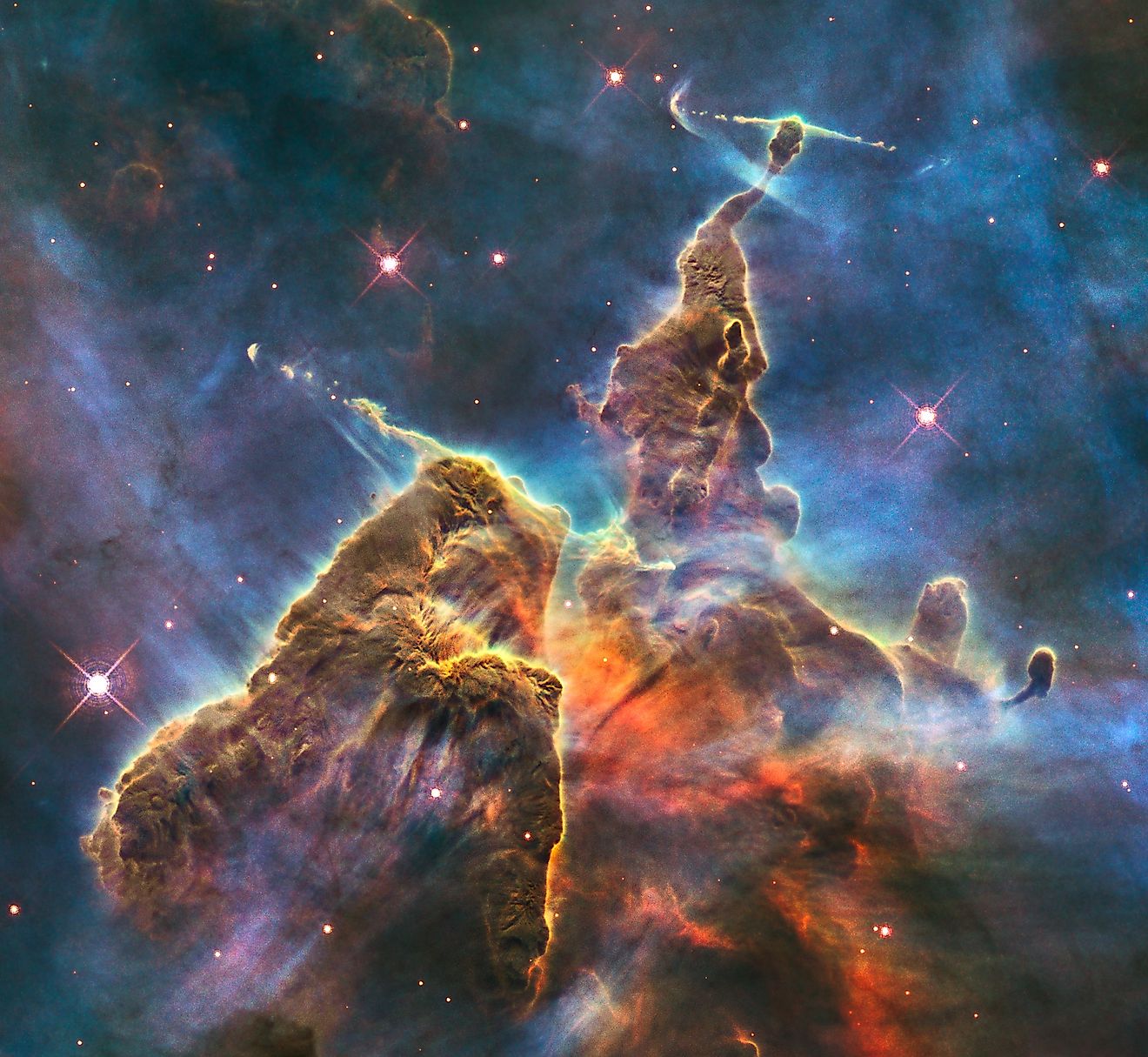
When Was Each Planet Discovered?
Our solar system contains eight known planets, almost all of which are visible to the naked eye. The only planets that cannot be seen without a telescope are Uranus and Neptune, and relative to the other planets, they were discovered quite recently. Interestingly, since the other planets, Mercury, Venus, Mars, Jupiter, and Saturn are all visible to the naked eye, none of them technically have a discovery date. Rather, humans have been able to see these planets for as long as we have existed, even if we had no idea what they were. However, the first recorded observations of planetary motion come from the ancient Babylonians, who were the first civilization to document the motion of the stars and planets. These recordings were made around 1,000 BCE, and so the first recorded observations of the six planets were made at this time.
The Classical Planets

While ancient civilizations around the world made periodic observations of the planets, it was not until Ancient Greece that civilization truly began to wonder what these objects were. It was in Ancient Greece that astronomers first began attempts to calculate the scale of the solar system, yet at the time, it was widely accepted that the Earth was at the center of the universe, with the sun, stars, and planets all orbiting the Earth, a model known as the geocentric model. However, some Greek philosophers had proposed an opposing idea known as the heliocentric model, which claimed that the sun rather than the Earth was at the center, and that all the planets orbited the sun. One of the first philosophers to propose this idea was Aristarchus of Samos, who believed that the Earth and all the other planets went around the sun.
The Geocentric Model vs The Heliocentric Model

While some philosophers in Ancient Greece believed the Earth and planets went around the sun, society largely adhered to the geocentric model. In fact, the geocentric model was accepted for around 1,500-years, and it was not until the Renaissance that humanity finally awakened to the fact that the Earth is another planet that orbits the sun. In the 1500s, the astronomer Nicholaus Copernicus revised early astronomical models and proposed that all the planets orbited the sun, and that the stars themselves were likely other suns located very far away. Copernicus published his work in 1543 and died that same year. This was probably no coincidence, as Copernicus likely waited until the end of his life to publish his work out of fear that he would have been punished for holding views that ran contrary to political and religious beliefs at the time. However, Copernicus started a domino effect, and while his work was largely banned across Europe, it began what would become a revolution in science. Less than a hundred years after Copernicus’s death in 1610, another astronomer by the name of Galileo Galilei used a newly invented device called a telescope to observe the planets in detail. One of Galileo’s first targets was Jupiter, wherein he ended up discovering that Jupiter is orbited by four moons. Galileo found the first observational proof of the heliocentric model, and unlike Copernicus, Galileo quickly published his findings. Unfortunately, this resulted in Galileo’s arrest and he was forced to recant his discoveries. He was then placed under house arrest until his death in 1642. Despite Galileo’s arrest, it would not be long before most scientists accepted his and Copernicus’s discoveries as truth, and humanity gradually awakened to the fact that we live in a universe far grander than we had ever imagined. Galileo had correctly identified that the planets themselves were other worlds, and the Earth was one of them.
Discovery of Uranus

The first planet to truly be discovered was Uranus, the seventh planet from the sun. Interestingly, Uranus is sometimes visible to the naked eye, and star charts from Ancient Greece actually included Uranus as a star. Since Uranus is so far away and dim, no one identified it as a planet. It was not until the late 1700s that it was correctly identified as a planet. In 1781, the astronomer William Herschel began a series of observations of Uranus, and he originally believed he had discovered a comet. By 1783, Herschel realized that this object was in fact a planet, making Uranus the first planet to be discovered with a telescope. It was also the first time in human history when the known boundaries of the solar system were extended.
Discovery of Neptune

The discovery of Uranus directly led to the discovery of Neptune, the eighth planet from the sun. After the discovery of Uranus, subsequent observations revealed deviations in its orbit. Astronomers were unable to predict the exact orbit of Uranus, and its predicted path was slightly different than its actual path. This led astronomers to predict that another planet must be orbiting the sun beyond Uranus. In 1845, Urbain Le Verrier calculated the position of this new planet, and a year later, telescopic observations discovered the new planet. It was soon named Neptune, and it became the first planet to be discovered through mathematics rather than observation.
Discovery of Pluto

While Pluto is no longer classified as a planet, its discovery is still a remarkable story of coincidence. Like Uranus, the orbit of Neptune was different than what was calculated, and so astronomers predicted the existence of another planet beyond Neptune. Astronomers searched for this planet for years, yet nothing was ever found. That is, until 1930 when astronomer Clyde Tombaugh discovered an object beyond Neptune in nearly the exact position the mysterious planet was predicted to be. At first, astronomers believed they had found the mysterious planet, yet subsequent observations revealed that the newly discovered object was far too small to be causing any deviations in Neptune’s orbit. The newly discovered object was named Pluto, after the Roman god of the underworld, and it was classified as a planet until 2006 when it was reclassified as a dwarf planet. Interestingly, when Voyager 2 completed the first flyby of Neptune in 1989, it was revealed that the mass of Neptune was different than what had been earlier calculated, and once the new mass was accounted for, the deviations in Neptune’s orbit vanished. The fact that Pluto happened to be where astronomers assumed a planet was located ended up being an example of astronomical coincidence.







